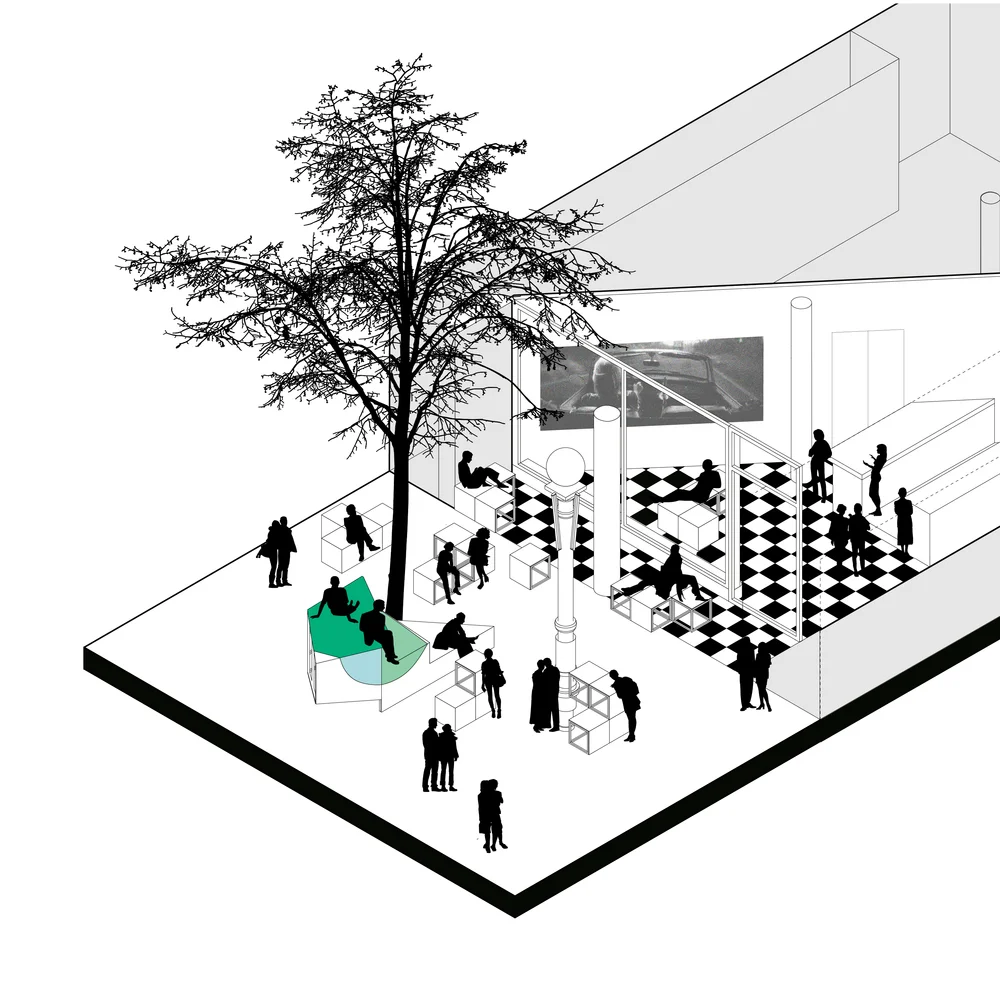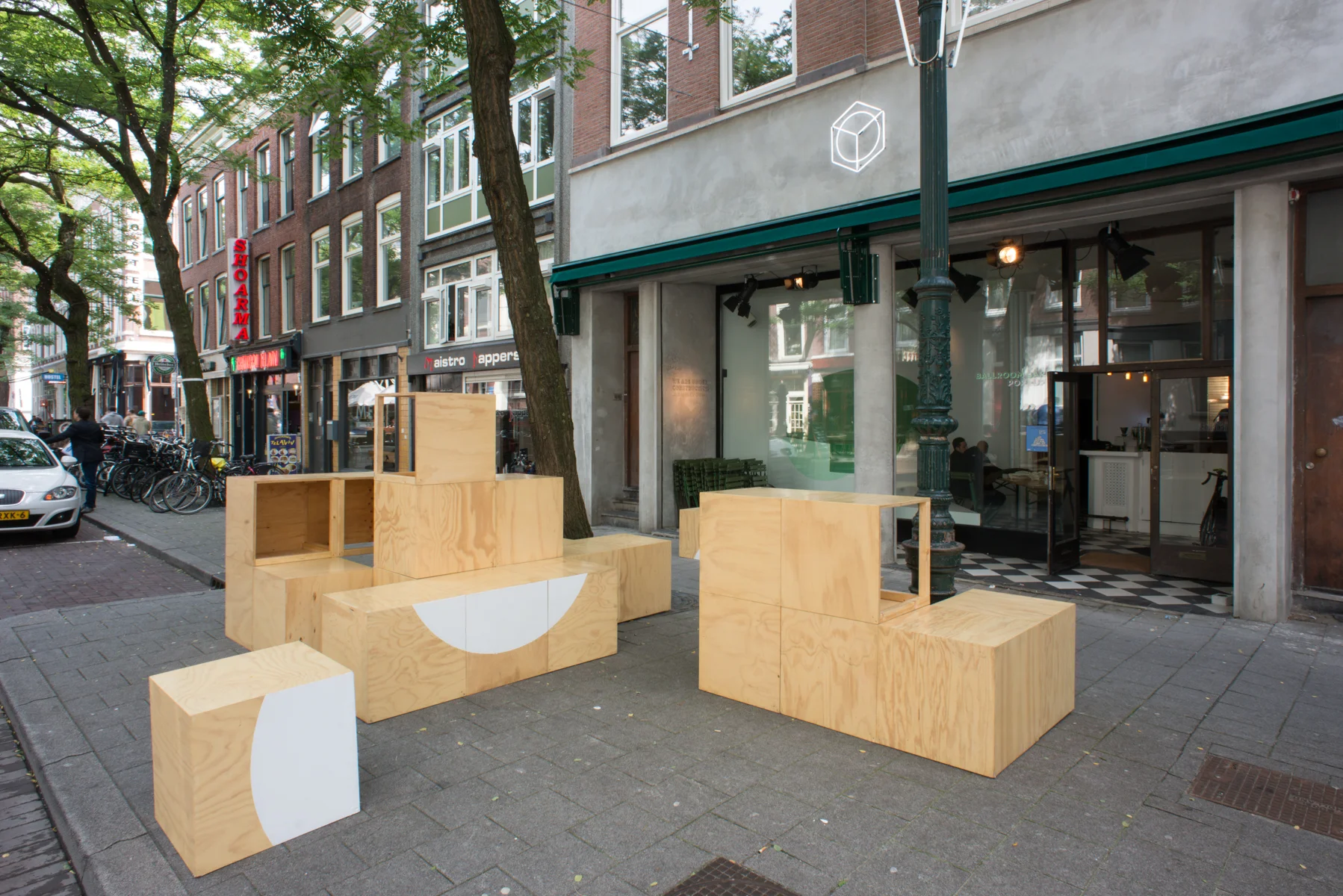SECOND NATURE
Second Nature is a 9-week international summer program for students from the University at Buffalo, the State University of New York, running in June and July 2014 and situated in Amsterdam, the Netherlands.
The program focusses on contemporary urban agglomerations through the ecologies of human, natural and artificial systems that constitute them. Coincident with the increasing urbanization of the planet is the advent of intensifying social and environmental pressures, ranging from ever more powerful superstorms and regional flooding to accelerating socio-economic inequality, unrest and upheaval. Within this context, cities cannot be understood in isolation from the regional contexts that surround and support them. Second Nature explores new strategies and tactics for the design and planning of urban regions that are understood not in opposition to–but in consort with–natural processes. We examined the complex relations between people, the natural world, and the built environment and explored how they can be influenced, shaped and mediated by a variety of new and emerging techniques and technologies.
We examined notions of the constructed landscape and the integration of engineering systems within architecture and urban infrastructure. We explored how new techniques involving digital fabrication, embedded sensing, and robotic actuation can be deployed in constructing hybrid structures that engage the natural environment in more responsive ways. At the same time, we investigated how distributed sensing and computation, big data and open systems, social media and other participatory platforms can aggregate small-scale, local interactions into larger systems exhibiting network effects at a regional scale. Emphasis is placed on trans-natural, bio-mimetic and other post-sustainable design methods for addressing social and environmental change within urbanized regions.
The Summer program is supported through a wide variety of guest lectures, by experts from amongst others MIT, Delft University of Technology, Wageningen WUR, Erasmus University, UvA, the Dutch Ministry of Infrastructure and Environment, the Directorate-General for Spatial Development and Water Affairs, Amsterdam City Planning Department, Amsterdam Smart Cities, Waag Society, Arcadis, PwC and Van Oord.
In collaboration with: Mark Shepard, Antonina Simeti
Supported by: Buffalo University, New York
QUANTIFIABLE FANTASIES
From 09-13 October 2013, SARP Katowice together with the municipality of Dabrowa Gornicza held a national architecture and urbanism student workshop to determine possibilities for the area of Dabrowa Gornicza and its mining districts. For this workshop, IWT developed a framework to research possible futures. This scheme was used by the students in its elementary form, and can be used in a more elaborate form by key players to truly determine the direction to take.
Negotiation and Argumentation
Aim of the participatory set up is to provide argumentation for the start of a constructive discussion between private- (bussiness and production) and public parties (government and municipality) about the joint route to take towards a shared future image for the area and region in order to develop an embedded areal development plan which has the support of all parties involved.
Narrative Planning
This set up uses Narrative Planning as a device; the generation and investigation of different spatial stories that are possible for this area to manage the direction of future development. These generated options help to have an argumentative discussion about the direction to take, and the different steps that are foreseeable in the possible futures.
The narratives are explored through fundamental research- and consequence explorations. Argumentation is found through an extrapolation of mapped data, economical- and behavorial statistics combined with an anticipation of future demands.
Through investigating different constellations of programmatic and economic of ecosystems, a wide variety of possible futures are explored.










































































































































































